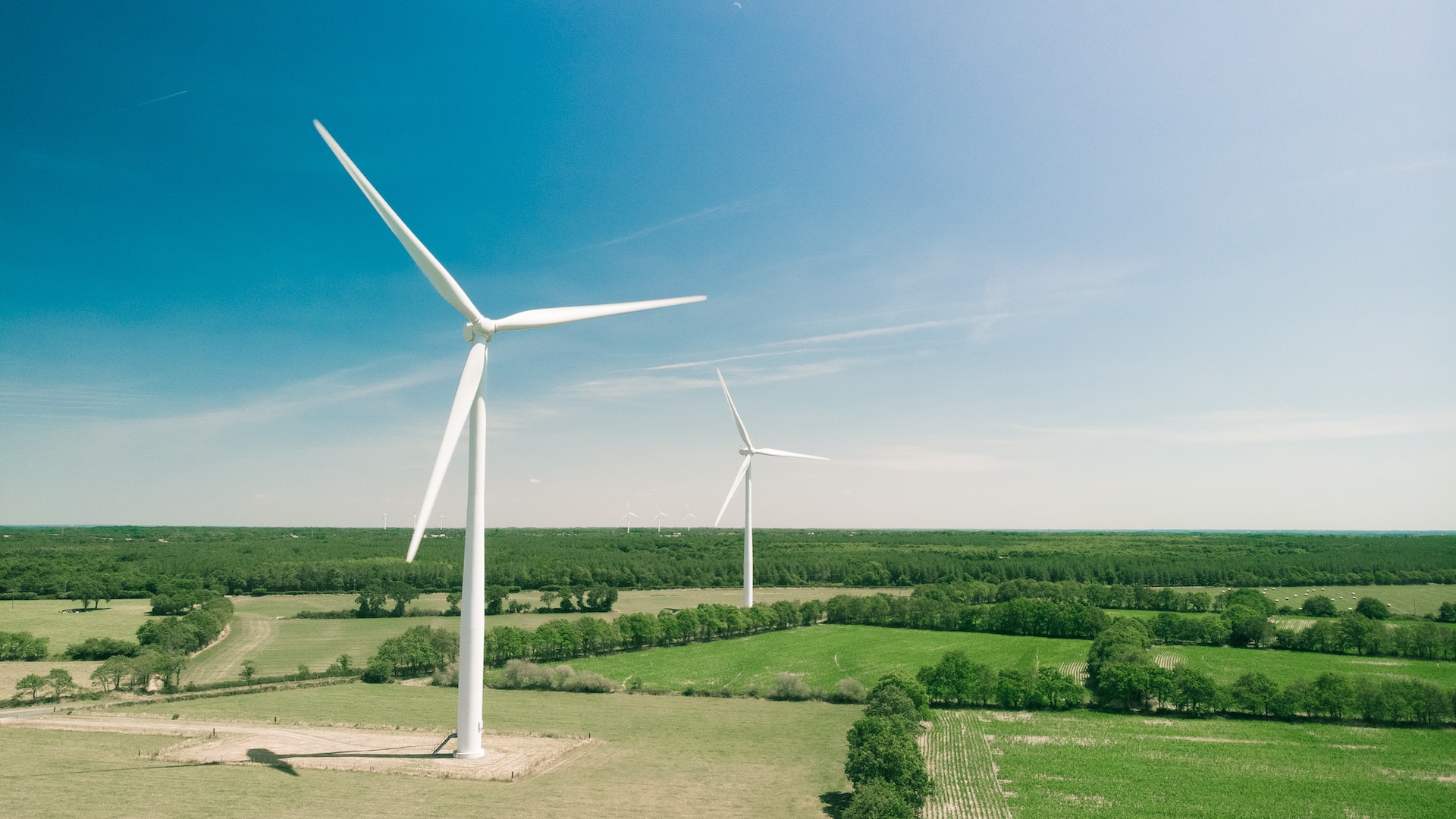NEW YORK - In a significant move reflecting the complex interplay between the goals of renewable energy and financial viability, New York regulators recently rejected appeals by prominent European energy corporations, including Orsted, Equinor, and BP, to impose higher charges under upcoming power sale contracts.
The Underlying Issues
These energy magnates, alongside other renewable developers, eyed adjustments to their contracts that could total billions, primarily to accommodate escalating project costs amidst inflationary pressures. The rejected adjustments center on four offshore wind initiatives and an overwhelming 86 terrestrial renewable ventures.

Wind power is an important component of the future of mankind
A ripple effect of this state denial might witness certain developers reconsidering their presence in New York's energy market. In essence, without contracts that reflect present-day expenses, some may opt to delay, downsize, or even discard their plans altogether—a scenario reminiscent of a few offshore wind undertakings in Massachusetts.
What This Means for the U.S. Renewable Transition
The construction and operationalization of renewable energy projects sit at the heart of the United States' ambition, championed by President Joe Biden, to gradually diminish its dependence on fossil fuels. With the overarching objective of curbing carbon emissions, states like New York play a pivotal role in this transition.
Orsted's CEO for the Americas, David Hardy, presented a stark perspective on the matter, pinpointing the precariousness of their Sunrise Wind project without the proposed contractual adjustments. Orsted, celebrated as the world's leading offshore wind farm developer, currently has New York-based contracts for two offshore wind farms: South Fork (132 MW) and Sunrise (924 MW).
While the South Fork venture is expected to be operational soon, the fate of Sunrise is mired in uncertainty following the state's decision.
The Inflation Challenge
The crux of the renegotiation pleas centered on the rising cost of project construction and financing in a climate characterized by elevated inflation and soaring interest rates. As these developers navigate this turbulent economic landscape, agreements that once seemed financially sound now appear unsustainable.
A testament to these financial tribulations was reflected in August when Orsted's shares plummeted roughly 25%, attributed to supply hindrances, climbing interest rates, and an absence of new tax incentives.
Other key players, like Equinor and BP, voiced concerns over the economic viability of their projects. The duo, currently developing Empire Wind 1, Empire Wind 2, and Beacon Wind projects, stressed the indispensable nature of financial stability for these ventures to see the light of day.
New York's Countermeasures
Amid the upheaval, New York's Governor, Kathy Hochul, unveiled an "action plan" designed to bolster the renewable sector and reassert the state's commitment to its green energy aspirations. The plan emphasizes an expedited procurement mechanism for both offshore and onshore ventures, offering a safety net for projects potentially facing termination.
However, this regulatory decision wasn't devoid of consumer considerations. The New York Public Service Commission highlighted that acceding to the contract amendments could spike residential electricity bills by a staggering 6.7%. Considering New Yorkers already grapple with some of the nation's highest electricity tariffs, the decision, while tough, was made with the public's pocketbook in mind.
A Rocky Road to Clean Energy?
The broader question looming over these developments is New York's pursuit of a green future. With goals of deriving at least 70% of its electric load from renewables by 2030 and fostering 9,000 MW of offshore wind by 2035, the path ahead is ambitious.
However, as renewable developers ponder over their next moves in light of these regulatory decisions, the state's aspirations might encounter turbulence. Achieving zero emissions by 2040 remains a commendable vision, but the journey is fraught with challenges that extend beyond technological hurdles and delve deep into economic intricacies.
©GlobalCO2.uk





